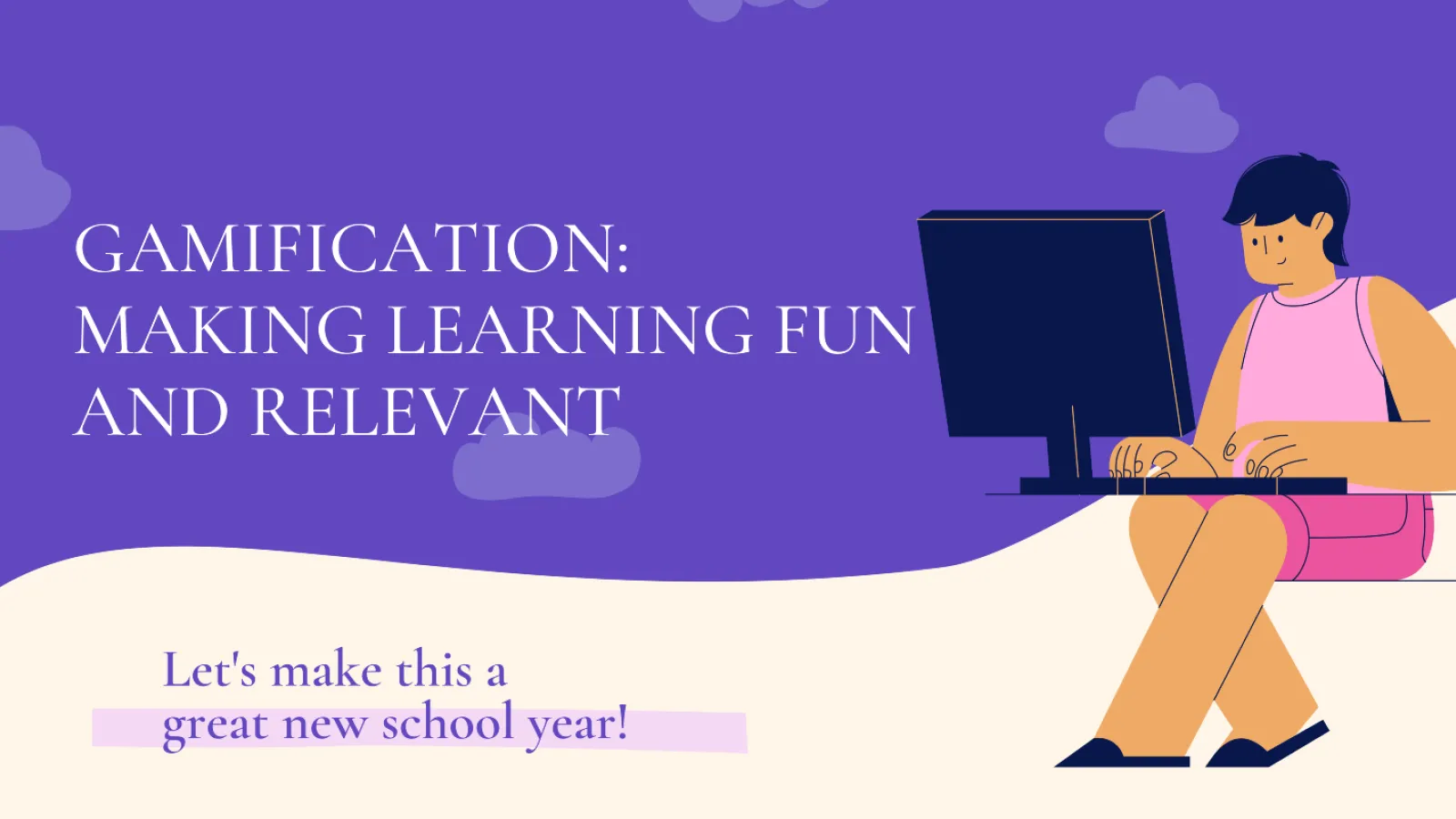Gartner defines gamification as “the use of game mechanics and experience design to digitally engage and motivate people to achieve their goals.” According to Gartner’s definition, there’s a clear difference between gamification, and video games or loyalty programs, because gamification uses techniques that nudge people to achieve set goals.
The University of Chicago has an interesting perspective towards gender loyalty for gamification. Statistics show that adult women gamers can outnumber men under the age group of 18 years. This shows that gamification is gender-neutral and has a wide appeal to engage everyone. If designed well, and with engaging features, gamification has a huge potential and scope in keeping learning fun and relevant due to similarities with learning.
Gamification and Learning: The Similarities
Many fundamentals of gamification and learning are the same, which is why more educators are exploring the scope of gamification in making learning an automatic, fun, and relevant process. By understanding the scope of gamifying education, educators are exploring the possibility of applying elements of games in situations that are non-gaming per se. These elements can motivate or influence students’ behavior.
Three core elements of games (Fig. 1) that are particularly relevant to education include-
- Mechanical Elements like instant feedback, onboarding, and incremental progression
- Personal Elements like rankings or leader-boards, visibility and status, and collective responsibility, and,
- Emotional Elements include the psychological flow of emotions.

Fig. 1: Source
The University of Chicago shows a simple comparison in the table below explaining striking similarities between gaming and learning activities.
| Gamification | Learning |
| Exploring new world | Exploring new subject or topic |
| Quests | Learning Objectives |
| Earning points or badges | Getting grades or awards |
| Social interaction due to collaboration and competition | Social interaction due to collaboration and competition |
| Learning from failures | Learning from failures |
| Time limit and stress | Assignment deadlines and pressure |
Advantages of Gamification in Education
Gamification in learning or education comes with “four freedoms of play,” as defined by the Creative Director of Massachusetts Institute of Technology’s Education Arcade, Scot Osterweil. These are also categorized as advantages of applying the mechanics of gamification in education.
Freedom to Fail
Humans have a natural tendency to avert failures. This is specifically applicable to students at school, who tend to avoid failures due to fear of real consequences such as lesser marks even in minor assignments. Such a tendency can inhibit learning because it holds back students to explore experimentation.
However, when it comes to gamification, students assume that mistakes are bound to happen. Thus, failure becomes a smaller concern, and achieving goals by experimenting becomes a focus, hence making learning fun and relevant.
Freedom to Experiment
When students feel that they’re free to fail, they tend to heighten their freedom of experimentation to reach goals. Experimentation comes with the direct benefit of permitting self-directed learning, which enhances the quality and volume of learning. In the absence of explicit instructions, students tend to observe, learn, and focus more.
Freedom to experiment also increases students’ knowledge and creative thinking ability. Instead of limiting to operate within limits of facts, gamification allows students to explore new avenues to accomplish their set targets.
Freedom to Assume Different Identities
Gamification opens a new world for students. One of the key aspects of games is escapism, or the ability to experience a uniquely different life temporarily. As a central theme of learning, gamification can provide a huge scope as a powerful pedagogical tool, because when students assume new roles and see the world from a different perspective, they tend to dive into new areas of knowledge.
This freedom could prove quintessential to the basic education level where students can replicate skill-building into real-life learning.
Freedom of Effort
Most gamification techniques come with an internal rhythm where teams put in a collective effort for achieving targets and relaxing while other teams do the same. In gamification techniques where a single player is involved, the games are designed with moments of relative inactiveness. This takes the form of informational/ entertaining cut scenes, or while handing out the new target/ task to achieve.
Alternative durations of intense action, concentration, and relaxation doesn’t overtax students or exhaust them. Instead, it makes learning fun and relevant. On average, children of age 5 years can concentrate at a stretch for no longer than 10 minutes. The same is estimated at 20 minutes for teenagers. In a gamified environment, students’ concentration can be focused on pursuing a single task or completing assignments.
Automated Teaching
The greatest advantage of gamification in keeping learning fun and relevant is the automation of tasks, which otherwise is performed manually by educators or instructors. For instance, certain apps, such as TabRider and Duolingo are designed to provide instant feedback to students, which allows them to know if they’ve chosen the correct word or not. Such apps enable practicing with a virtual teacher. When the students perform in class with the actual teacher, they can devote more time to difficult issues that cannot be addressed using software or games.
Gamification: Pedagogical Innovation to incentivize students
Applying the techniques of gamification in education will incentivize learners in exploring learning independently and efficiently. This is due to the reason that gamification helps in building connections amongst academic community members because it encourages competition and collaboration.
Whether the educator is teaching in-person or remotely, gamification has a tremendous scope as a social dimension for teaching and learning. Further, gamified learning tends to immerse students in content, thus cultivating a positive mindset towards the learning process. This leads to learning becoming less laborious or boring, and more fun, relevant, and rewarding.
Gamification can be easily applied in a range of educational situations, which may range from casual to digitally sophisticated, informal to analog. Instructors or educators can create gamified learning activities according to diverse durations, complexities, and scales.
Conclusion
Despite the amplifying scope of gamification in learning and education, limited and unreliable empirical data regarding its effects on education is not enough. A pilot-scale scientific study is needed before affirming or drawing conclusions. However, the achievements of implementing gamification in education models are impressive, especially in Mathematics and English. Gamification can likely become successful when started at basic education level or at skill-building levels in universities. In a remote learning scenario, exploring alternative education styles can help educators before students’ interests drop.


